Hello and welcome!
Last Saturday, while I was still in Rome, I had dinner with Cardinal Adalberto Martínez and Cardinal Lazzaro You Heung-sik.
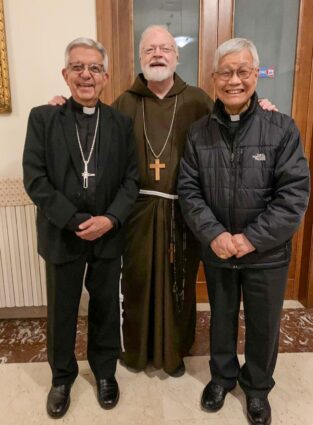
Cardinal Lazzaro studied at St. John’s Seminary and is the Prefect of the Dicastery for the Clergy. Of course, Cardinal Adalberto was one of my priests in the Virgin Islands and is now the Archbishop of Asunción in Paraguay.
As I mentioned last week, it was a great joy to be able to present some of our seminarians who were in Rome for spring break to the Holy Father before the audience with the Pontifical Commission for the Protection of Minors.
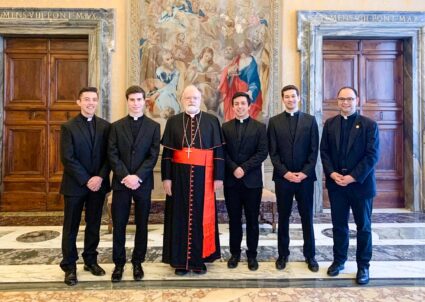
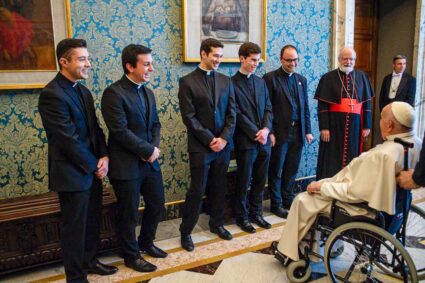
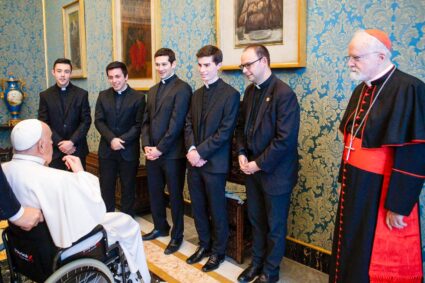
The Holy Father chatted and joked with the seminarians and then gave them a blessing.
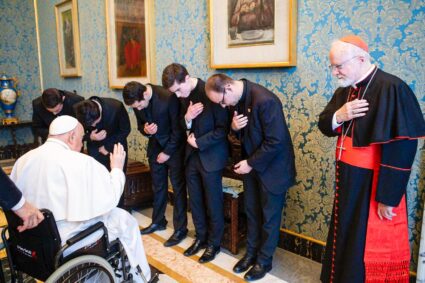
I also wanted to share these photos of the MAM graduates I met in Rome.
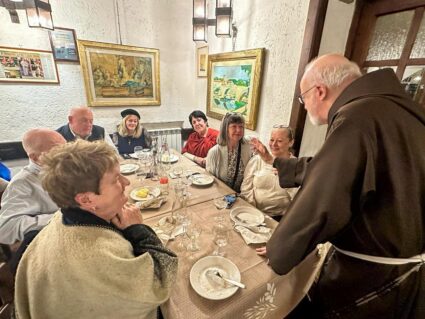
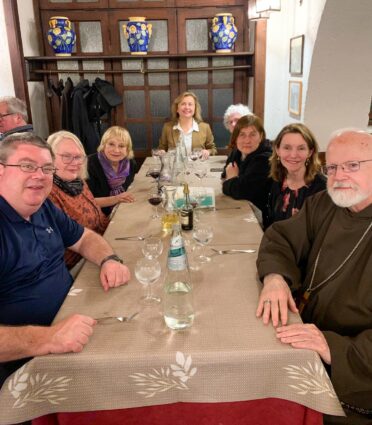
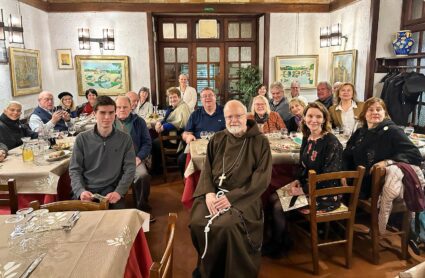
Father Chris O’Connor and a group of participants in St. John’s Seminary’s Masters of Arts in Ministry program were on pilgrimage last week, so I was able to meet them at a restaurant and have a nice visit with them all.
On Sunday, I returned to Boston and arrived in time to greet the nearly 2,000 members of the Cape Verdean community who were gathered at the cathedral for a Mass with Cardinal Arlindo Furtado.
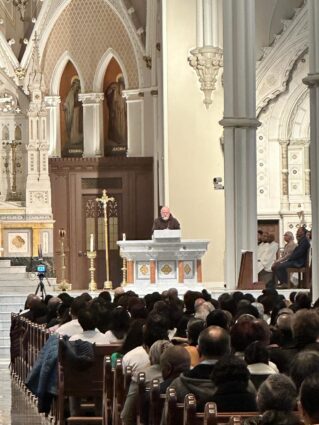

It was an historic assembly. I never remember that many Cape Verdeans being in the cathedral at one time. The cathedral was completely packed.
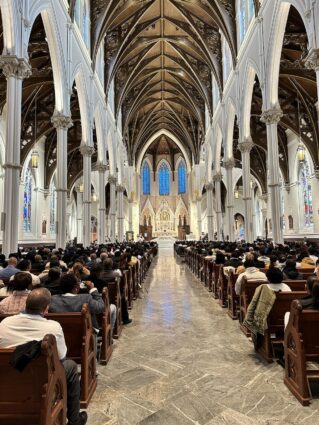
They are initiating a 10-year preparation to mark the 500th anniversary of the Diocese of Santiago de Cabo Verde. (So, that makes them twice as old as the Archdiocese of Boston!)
I was sorry not to be able to join Don Arlindo for the Mass he celebrated on Monday for the 100th anniversary of the birth of Father Pio Gottin. However, I did mention Father Pio in my remarks at the cathedral.
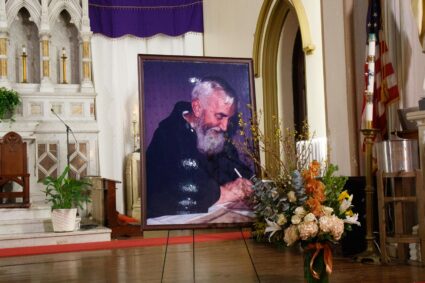
Padre Pio, as he was called, was a Capuchin friar from Turin, Italy, who was a missionary in Cape Verde. There, he started a religious order of women, the Franciscan Sisters of the Immaculate Conception. Later, Cardinal Medeiros brought him to Boston to work with the Cape Verdean community in New England.
I always say that if you go to the Church of the Gesù in Rome, you can see the right arm of St. Francis Xavier in a reliquary. He used that arm to baptize thousands and thousands of people. Well, if we had a reliquary of Padre Pio in Boston, it would be of the right arm that he used to baptize practically every Cape Verdean in New England!
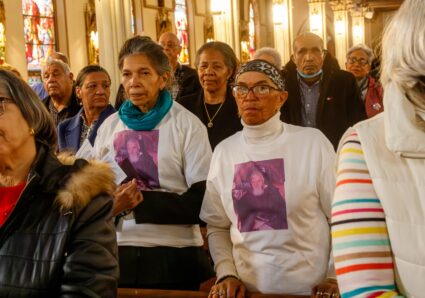
I celebrated his funeral when I was Bishop of Fall River, and I never saw such a big funeral. It was in St. Patrick’s Church, and the crowd filled the church upstairs and downstairs. And outside, the crowd stretched in every direction as far as the eye could see. It was just an extraordinary event!
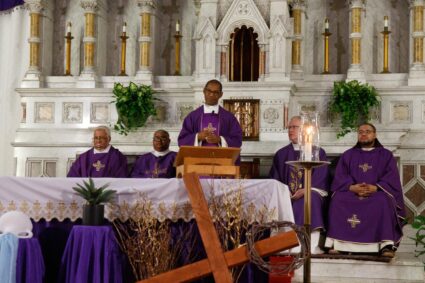
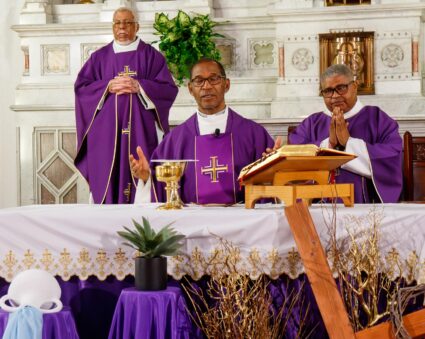
Padre Pio was a very holy friar who did extraordinary work, and he was very beloved both in Cape Verde and in New England. So, I was delighted that Cardinal Furtado had that Mass to commemorate the wonderful life of ministry and service Padre Pio Gottin provided to the Cape Verdean community.
I was unable to be at the Mass for Padre Pio because I had to make a short trip to Panama for a safeguarding conference organized by the Pontifical Commission for the Protection of Minors. There were about 400 participants there from Central America, including about 50 priests and 20 bishops.
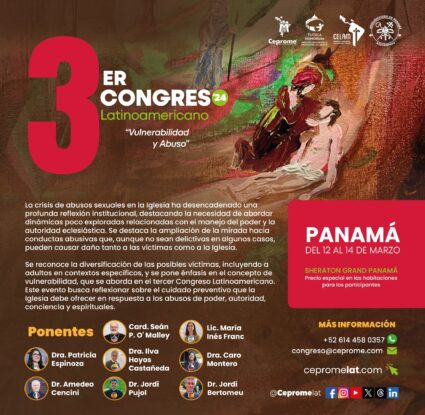
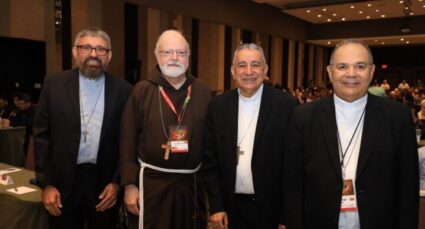
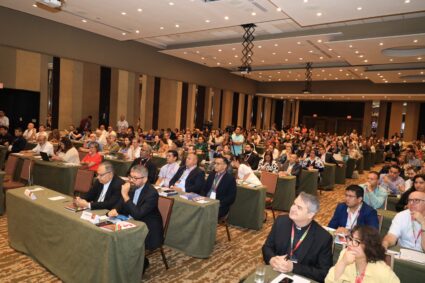
I read a long message from Pope Francis that he had given me to deliver to them. Then, I gave a talk.
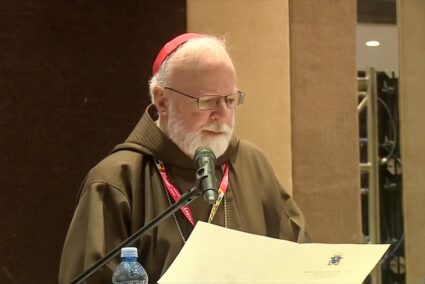
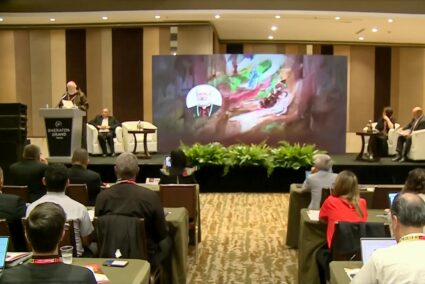
I had Mass at the cathedral of Panama City for the group.
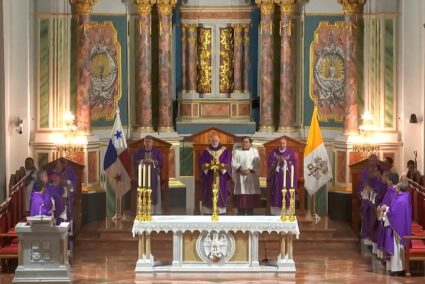
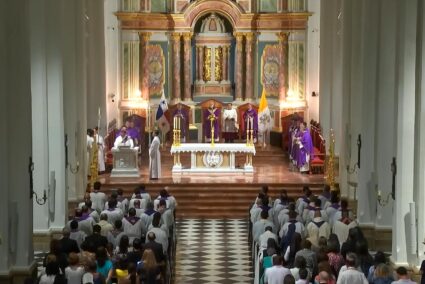
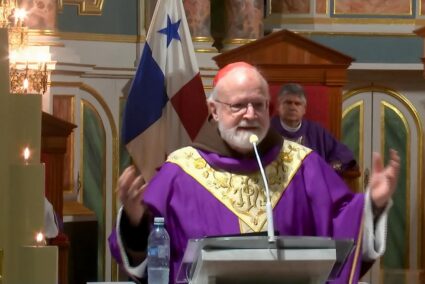
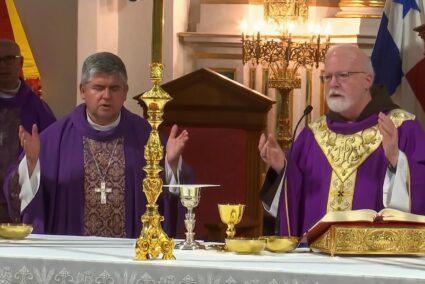
When I was vesting, a young bishop came up and introduced himself as Bishop Tulio, the new auxiliary bishop in Guatemala City. He said, “I was in the seminary in Sololá in Guatemala City when you made your apostolic visitation in 1996.”
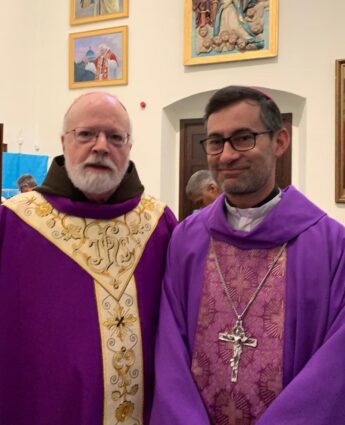
In those days I conducted visitations of about 20 seminaries in Latin America, but it took me back to my time there. Sololá is a beautiful, rural area of Guatemala. The bishop there at the time, Bishop Fuentes, was a wonderful man, though sadly, he died very young. It was also during the visit that I met Bishop José Gerardi, who was very much like Msgr. Oscar Romero — a champion of the indigenous people and defender of the poor. Bishop Gerardi was murdered shortly after I left Guatemala.
So, it was very nice to have this opportunity to meet someone from those days and to hear the latest news about what is happening at the seminary. I was anxious to hear what was happening in Verapas. There was a seminary there for indigenous people, which, unfortunately, has not survived, but they have a program at the main seminary, Nuestra Señora de la Asunción. That seminary was founded in Guatemala after the Council of Trent. So, it’s probably the oldest seminary in the hemisphere.
The cathedral there is one of the oldest cathedrals in the hemisphere. They call it “El Primado de Tierra Firme,” which is interesting because the Primate of the Americas is, of course, Santo Domingo, but the first Primate on the continent — that wasn’t on the Caribbean islands — was Panama City.
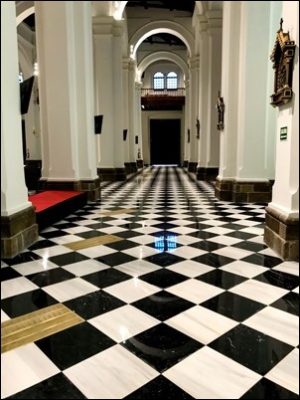
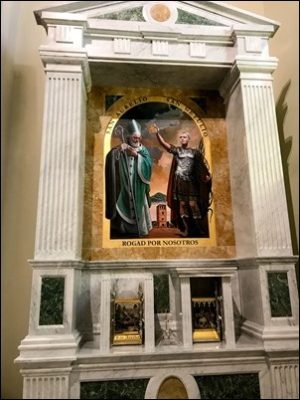
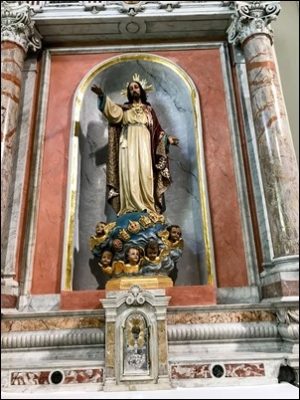
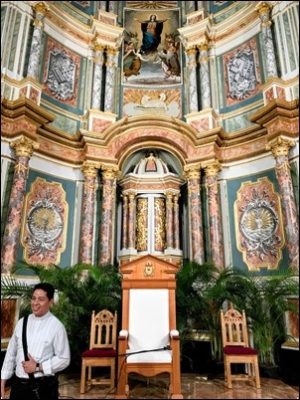
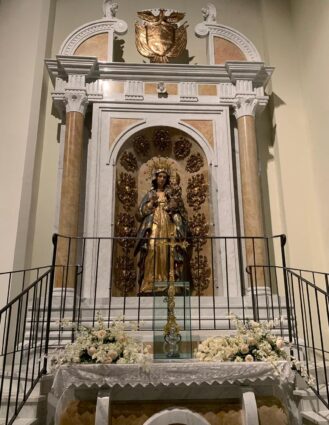
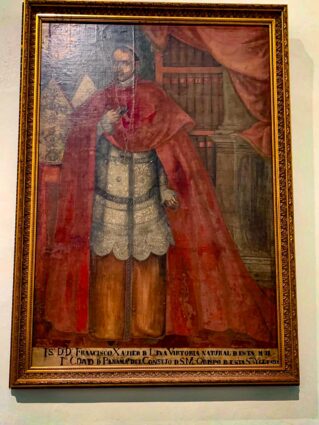
Another unique feature of the cathedral is this statue in the baptistery of Jesus and John the Baptist playing leapfrog as children. I thought that was very interesting, to say the least!
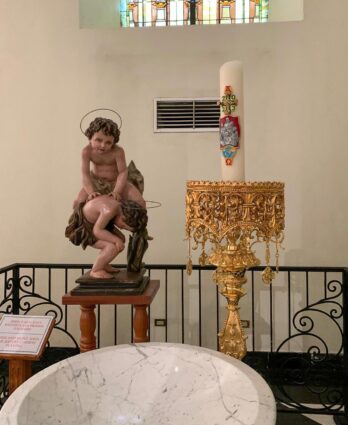
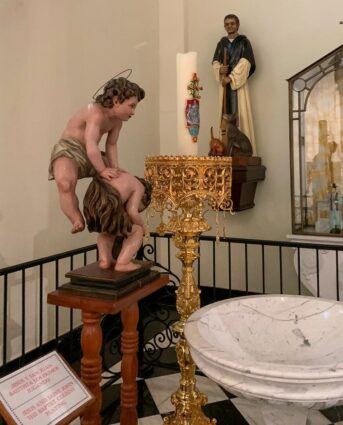
The Old City of Panama is just a beautiful colonial city. I first went to Panama back in the 1970s, and at that point, Panama City was like a little village. There was only one tall building. Now it’s practically like Manhattan, with tall buildings everywhere.
I also blessed one of the Memorare Centers that our commission is trying to set up all over the world to promote safeguarding.
We opened one at the Santa María La Antigua Catholic University. I was very pleased to be joined by Archbishop Jose Domingo Ulloa, the Archbishop of Panama City, for that event.
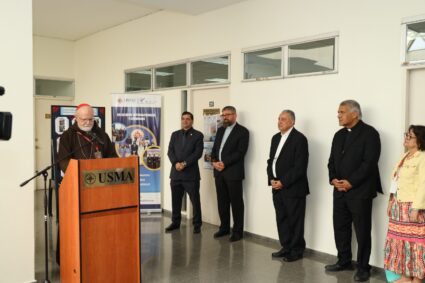
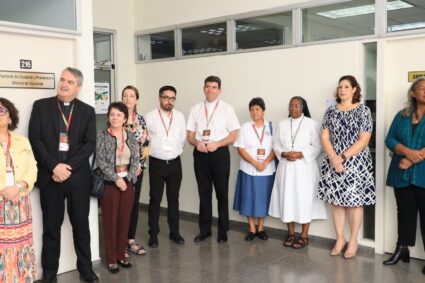
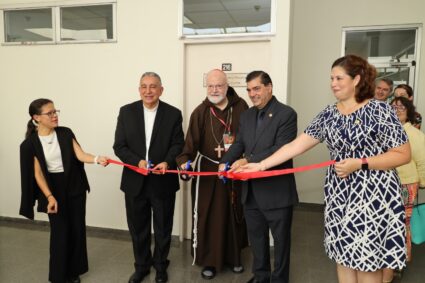
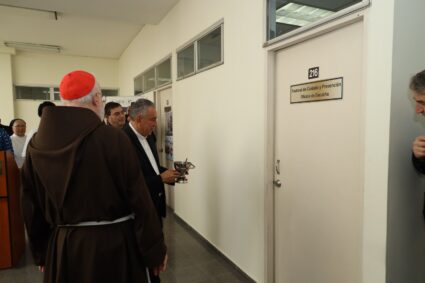
I was happy to see a picture of Archbishop Marcos McGrath at the university. Archbishop Ulloa told me that they are preparing the celebration for the 100th anniversary of his birth.
Archbishop McGrath was the Archbishop of Panama in the 1970s and was a very close friend of mine. He was a Holy Cross Father and had been on the basketball team at Notre Dame University. I used to joke with him because, when he would come to pick me up at the airport in Panama, you could find him immediately in every crowd because he was about a foot-and-a-half taller than anyone else in the country!
He was very important in those days of the Council and CELAM. He also addressed the Senate when they were working on the treaty to give Panama control of the canal. There was a lot of opposition among the senators, but Archbishop McGrath came to Washington and gave the most extraordinary speech. Afterward, the Senate ratified the handing over of the Panama Canal to the people of Panama. There were all kinds of dire predictions that Panama wouldn’t be able to make a go of it, but the Panama Canal has thrived, expanded, and catapulted the country into an entirely different economic sphere. So, Archbishop McGrath is one of the great heroes of Panama.
Then, in the afternoon, since I was away from Boston, I participated in the meeting of the Board of Trustees of St. John’s Seminary via Zoom.
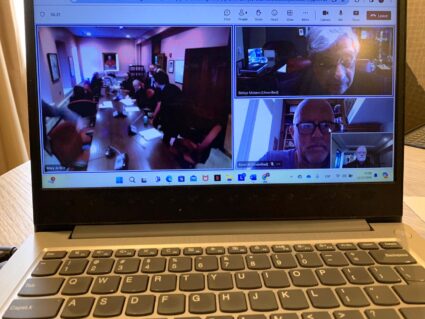
I also had an opportunity to visit a colonial church near the cathedral, La Iglesia de la Merced.
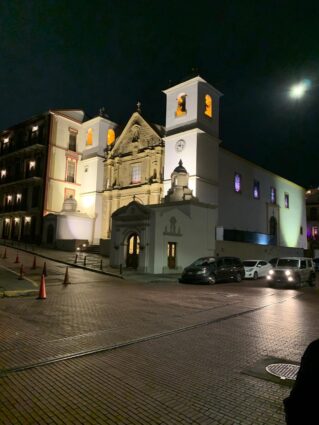
It’s only a six-hour flight to Panama, so I was able to be back by Wednesday evening for a dinner with our seminarians. This time, I met with the men in first theology.
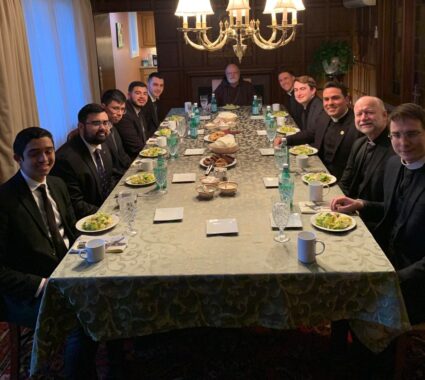
Thursday morning, I met with Father Patrick, the superior of the Brotherhood of Hope, who came to give me a report on their activities in the archdiocese.

They already provide campus ministry at Northeastern and other area colleges, and I’m very pleased that they are working closely with Father Eric Cadin to try to help campus ministry at other campuses, as well. Since we have about 75 colleges and universities, this is a very important ministry for us, and the Brotherhood of Hope has done such extraordinary work. And now, they’re going to help train other campus ministers throughout the archdiocese.
I also met with an Italian family that was visiting the Cathedral Parish. They brought me a letter from the Cardinal Archbishop of Como, Italy, Cardinal Oscar Cantoni.
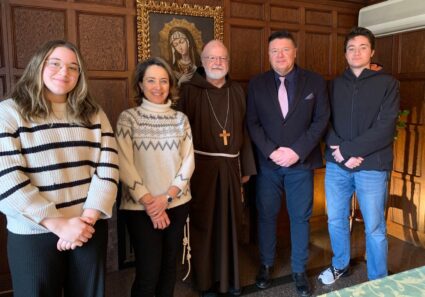
Finally, I want to conclude this week by saying how concerned we all are about the situation in Haiti.
We continue to pray for Bishop Dumas, who was injured in an explosion last month and was badly burned. He has been brought to Jefferson Hospital in Miami for treatment, and I’ve had a chance to speak with him and check on his condition.
The situation in Haiti is really degenerating, although we are hopeful that progress will be made in efforts to form a provisional council that could help restore democracy to the country. (Right now, there are no officials in the country who have been legitimately elected.) Secretary of State Blinken recently met with Caribbean leaders who are all backing this council that different academics, civic leaders and Church leaders have been endorsing as a way forward.
But the situation is very, very dire. People are running out of food, water and medicine, and there’s a danger of cholera and other epidemics starting up again. We have such a large Haitian Catholic community in Boston that we feel very close to what is happening in Haiti, and we continue to work and pray for the restoration of peace and civil order there.
Until next week,
Cardinal Seán
